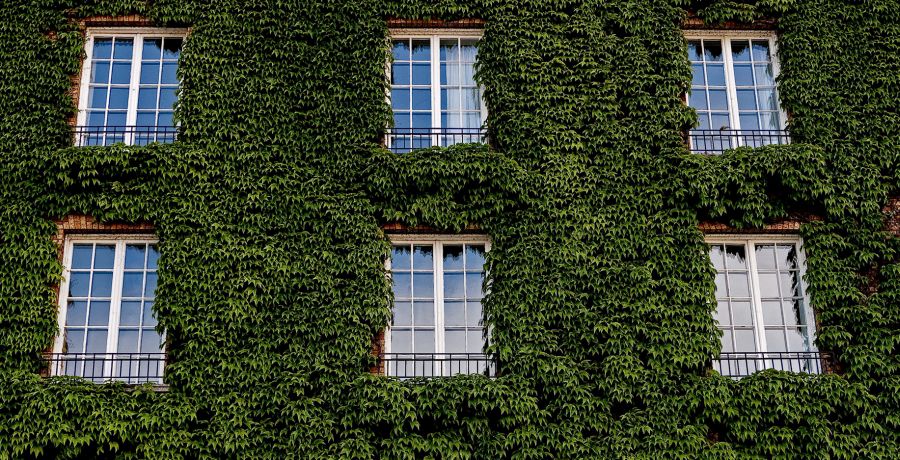How Fast Does Ivy Grow? Practical Tips For The “Green Curtain”
Ivy is a beautiful climber and an ideal choice to bring vitality to any inert corner, whether we speak about a wall, a side of a building or a shed. An evergreen plant, ivy gives a note of personality to any garden and makes a wonderful background for any floral design you may have in the back yard. Below you can find several details and the answer to the question how fast does ivy grow, along other practical information which will guide in growing this picturesque green cascade in your garden.
Ivy is an easy to care plant since it usually grows in hard to reach areas. Make sure you can keep it under control since it grows very fast. It is recommended it to plant it in a shady area with an organically rich soil. If your soil lacks organic matter, amend it with compost before planting. Ideally, space the plants about 30 cm apart for quicker coverage and make sure you plant a bit away from walls to prevent the roots from becoming embedded in the side of a building.
In general, the vines grow up to 20 meters long or more, but don’t expect quick results straight from the beginning. The first year after planting, the vines grow very slowly, and in the second year they begin to put on noticeable growth. By the third year the plants take off, and quickly cover trellises, walls, fences, trees or anything else they encounter. You can at this stage control the expansion of the plant by attaching clips to the wall.

How fast does ivy grow – the process accelerates in the second year
Ivy also makes a fine potted plant. If so, use a stake or any other vertical structure to use a support element for climbing. Ivy shows its true potential when planted in a suspended basket, tumbling over the edges and looking as a wave of freshness embellishing patios and balconies.
As we said, ivy requires little care. After planting it, water the soil till the ivy grows and becomes somewhat vigorous. At this stage, it can better cope with potential dry conditions. Use a liquid fertilizer if you want to accelerate the growth process and prune the top of the plants in spring to control the growth and rejuvenate the vines.
Sources: Gardeningknowhow.com, Homeguides.sfgate.com















